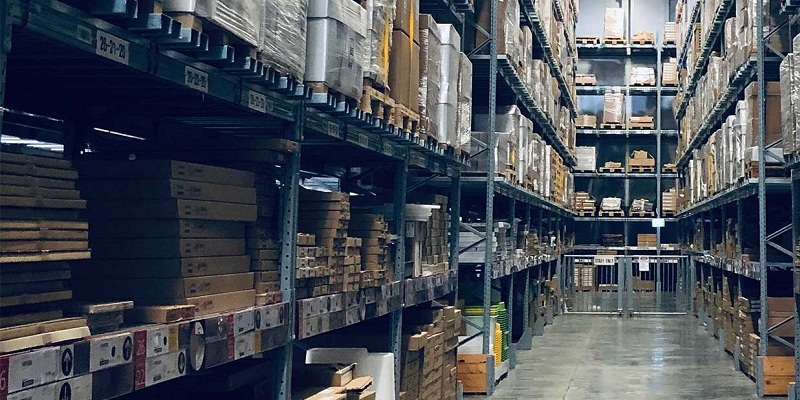Schedule a Call Back
Why do warehouses hurt air quality and neighborhood noise levels?
 Articles
Articles- May 11,23

Related Stories

Toyota Kirloskar Motor and NISE partner to advance India’s green hydrogen goals
The partnership represents a critical convergence of industry, research, and national policy to accelerate India’s transition toward a clean, secure, and hydrogen-based energy ecosystem.
Read more
Waaree Energies Sets India First With 1 GW Solar Module Output in a Month
Waaree Energies has become the first Indian solar manufacturer to produce over 1 GW of modules in a single month, marking a major milestone for India’s renewable energy manufacturing sector.
Read more
Vingroup to Invest $ 3 Billion in Telangana to Build Integrated Smart Ecosystem
Vingroup and Telangana sign a $ 3 billion MoU to develop a large-scale smart, green, multi-sector ecosystem spanning urban development, mobility, energy and social infrastructure.
Read moreRelated Products

Dock Leveller
Besto Material Handling Equipments offers a wide range of dock leveller.

Multi Tire
SCI Storage Solution offers a wide range of multi tire.

Industrial Lifting Equipment
Rana Material Handling Equipments Pvt Ltd offers a wide
range of industrial lifting equipment.















